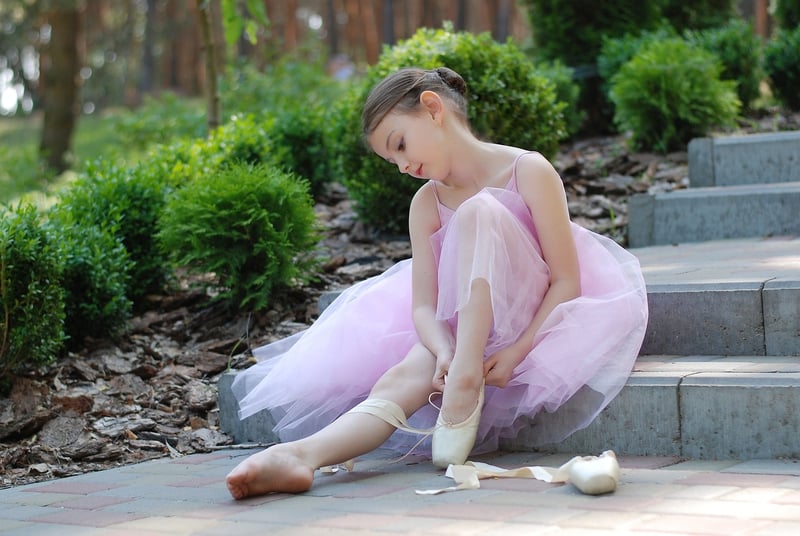Rhythmic Flow
Therapeutic Dance for Emotional Release and Rhythmic Flow
Dance has been used for centuries as a form of expression, celebration, and healing. Therapeutic dance, in particular, focuses on using movement to tap into emotional states, release tension, and promote overall well-being. In this article, we will explore the benefits of therapeutic dance for emotional release and how it can help you achieve a state of rhythmic flow.
The Benefits of Therapeutic Dance:
- Emotional Release: Therapeutic dance provides a safe space for individuals to express their emotions through movement. It allows for the release of pent-up feelings, helping to reduce stress and anxiety.
- Physical Health: Dancing is a great form of exercise that can improve cardiovascular health, increase flexibility, and strengthen muscles.
- Mental Well-being: The rhythmic movement of dance can help calm the mind, improve focus, and boost mood through the release of endorphins.
- Self-Expression: Dance allows individuals to express themselves creatively, fostering a sense of self-awareness and confidence.
Rhythmic Flow:
Rhythmic flow is a state of being fully immersed in an activity, feeling energized, focused, and enjoying the process. Therapeutic dance can help you achieve rhythmic flow by allowing you to connect with the music, your body, and emotions in a harmonious way. When in rhythmic flow, you may experience a sense of timelessness and effortless movement.
Whether you are dancing alone or in a group, the combination of music, movement, and emotional expression can help you enter a state of flow where you feel truly present and connected to yourself.
Get Started with Therapeutic Dance:
- Find a comfortable space where you can move freely without distractions.
- Choose music that resonates with your emotions or uplifts your mood.
- Start moving your body in a way that feels natural to you, allowing the music to guide your movements.
- Focus on your breath and let go of any tension as you dance.
- Allow yourself to express whatever emotions arise without judgment.
Remember, therapeutic dance is a personal practice, and there is no right or wrong way to do it. The key is to listen to your body, let go of inhibitions, and allow yourself to be fully present in the moment.
Embrace the transformative power of therapeutic dance for emotional release and rhythmic flow, and discover the joy of moving your body in a way that nourishes your mind, body, and soul.

Explore more about the benefits of therapeutic dance and how it can enhance your emotional well-being and rhythmic flow.
For more information, visit DanceTherapy.org.
